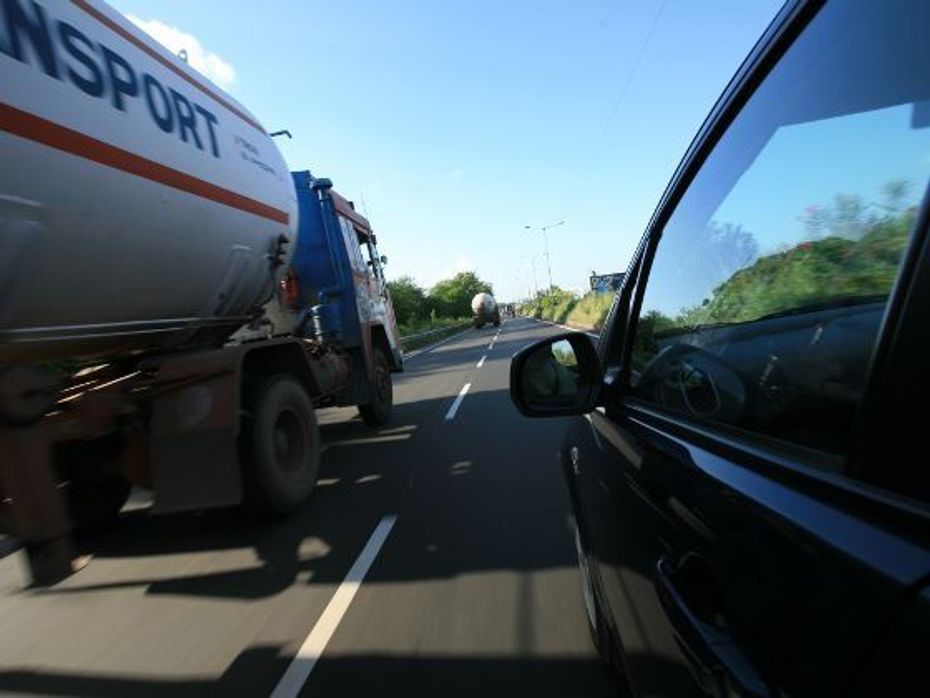
3 New Major Design Details Mahindra XUV 3XO Will Pack Over...
- Apr 12, 2024
- Views : 8562


Vision
When driving on the highway, since average speeds are much higher, it is very important to have your vision set much further than you would while in the city. One should be scanning for traffic in the distance, and considering our road conditions, keeping a lookout for animals or humans trying to cross the highway is a good idea in general. Apart from just seeing what's happening, the driver needs to constantly analyse conditions and plan for an appropriate course of action.
Keeping Distance
With higher average speeds on the highway, it is essential to maintain a larger gap between your vehicle and the one ahead of you. A gap of 4-5 car lengths should give you the necessary safety margin to bring your car safely to a halt in case of most emergencies at average highway speeds around 80km/h. The thing to remember however is that as your speed goes up, the gap should be increased further.
Maintaining speed
A crucial part of highway driving is maintaining speed. Not only is this a safety consideration, it also helps to deliver better mileage from your car. Once up to an acceptable highway speed (depending on traffic conditions, it is usually 80km/h on most of our highways), slot your car in top gear and just give enough throttle to cruise at that speed. This helps reduce stress on you and can munch up those highway miles more effectively.
Overtaking
Awareness is vital during highway overtakes. Check your mirrors and if clear, give the proper indicator to signal the lane change. Scan for oncoming traffic (if on a 2-lane highway) and make sure you have enough space to slot in ahead of the vehichal you are overtaking. If you are cruising in a higher gear, make sure to downshift so that you have enough power available to make the overtake quickly, without spending too much time in the opposite lane. Use your indicators when pulling back into your own lane.
Be visible
Since average speeds are much higher on the highway, it becomes all the more vital to make your car more visible to other road users. As dusk starts approaching or even on a cloudy day for that matter, its a good idea to run your headlights, so that vehicles in the distance can spot your car better. It is also highly advisable to use your indicators everytime you are making a lane change or going for an overtake as it makes other drivers aware of your intentions. Of course, one should refrain from using hazard lights until there is a real emergency.

3 New Major Design Details Mahindra XUV 3XO Will Pack Over...

Citroen Basalt vs Tata Curvv: Exterior Design Compared

This Tata Car Has Been Announced As The Official Car For IPL 2024

10 New Features Expected In The Upcoming 2024 Mahindra XUV 3XO...

Here’s How Fuel Efficient The 2024 Maruti Suzuki Swift Sold In...

The Fronx Has Been Rebadged! Meet The Toyota Urban Cruiser Taisor,...

Mahindra XUV300 Facelift Teased, Gets A New Name

Toyota Urban Cruiser Taisor : Base “E” Variant Detailed...

Citroen Basalt Vision, Its SUV Coupe For India, Revealed
India's largest automotive community